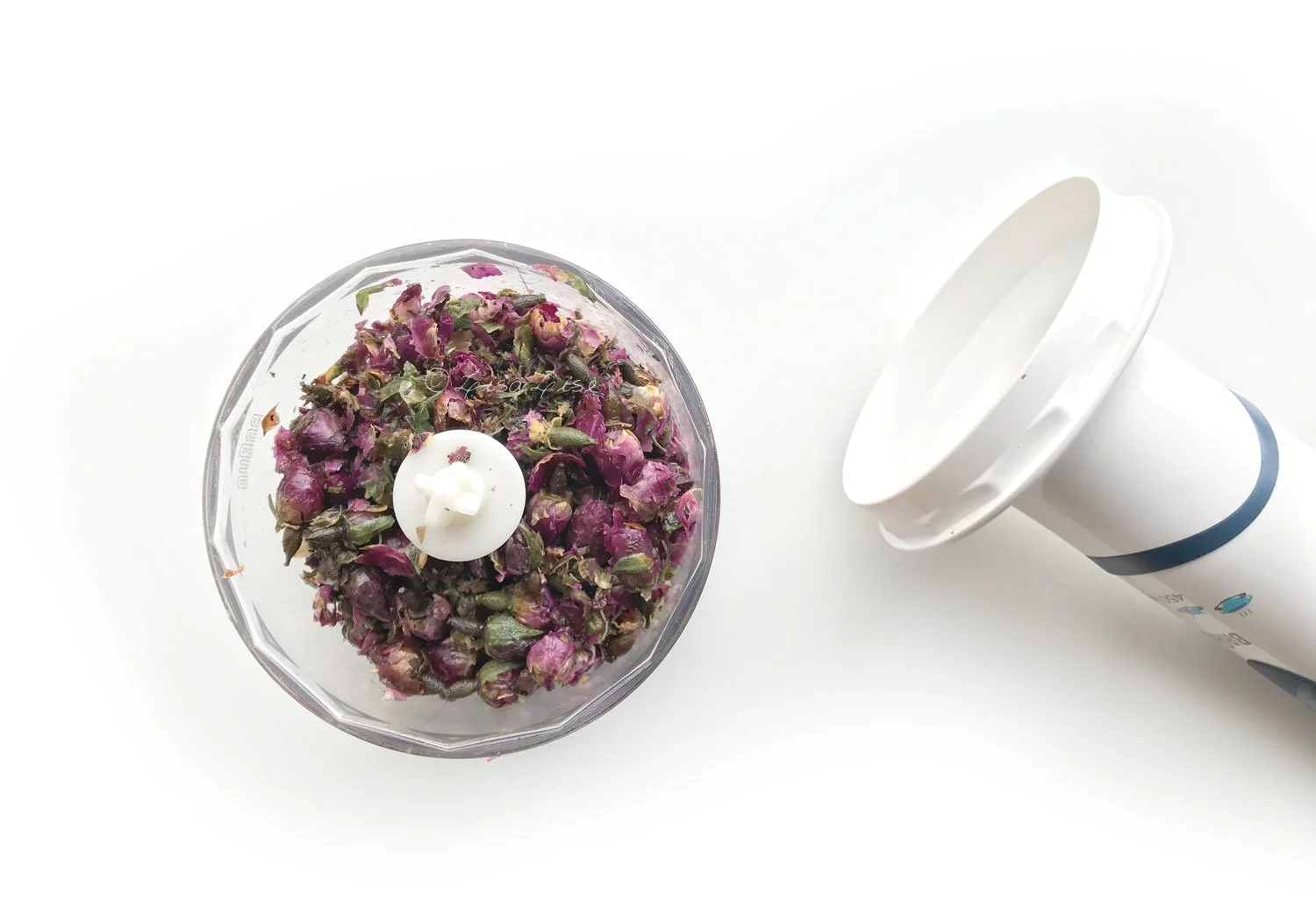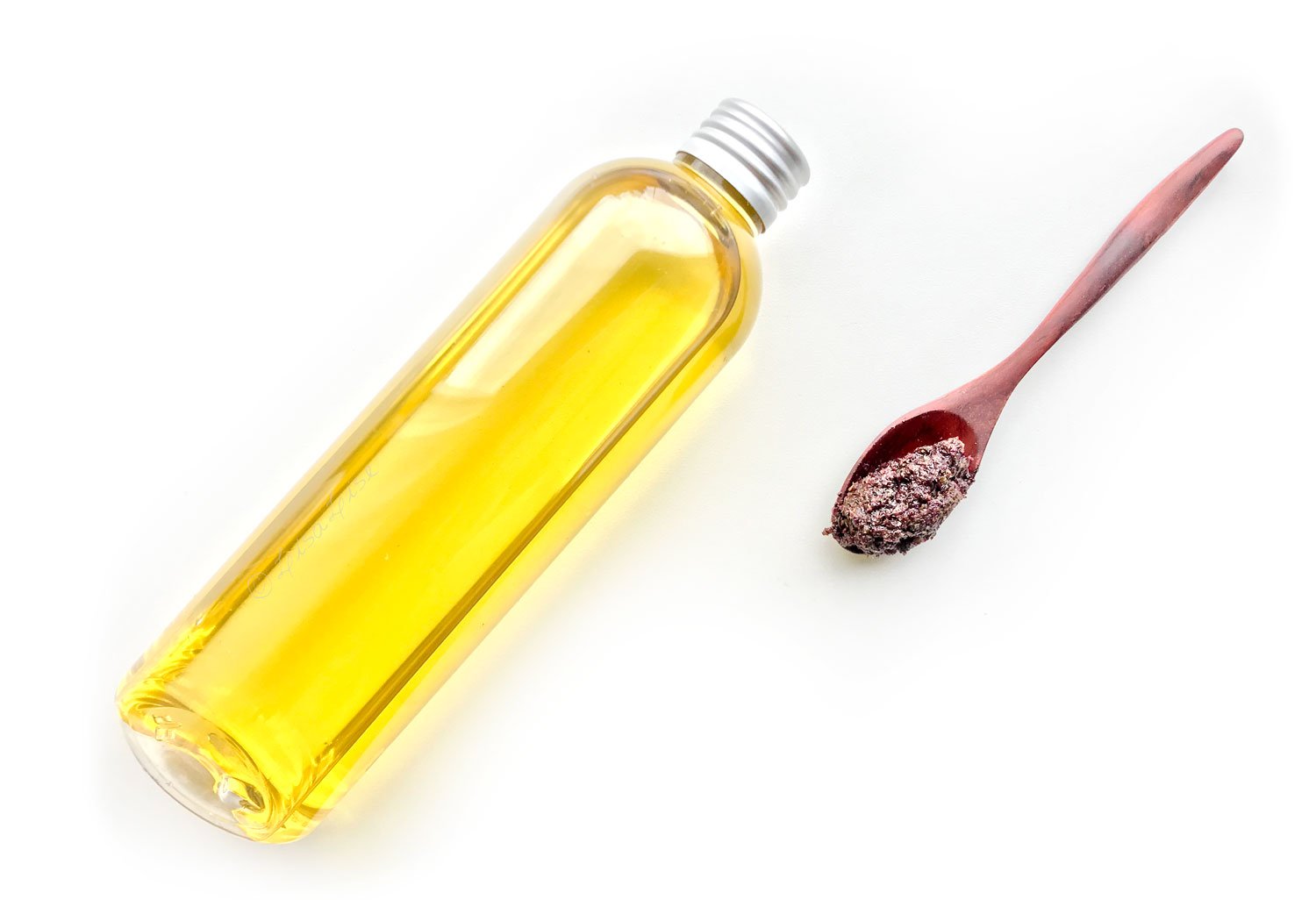Understanding Cloudiness in Vinegar Tinctures
Lise
Even though tincture making has been around for ages, it is perhaps more known as something created specifically for consumption. And while I love using herbal tinctures in the kitchen (and for health and well being), I’ve been just as busy making and using them as cosmetic ingredients. And apparently, so are more and more cosmetic makers.
It has been a thrill for me to see a widespread increase in interest for vinegar tinctures. And with growing interest comes an increase in questions - like what cloudiness means. Today, we’re going to take a look at what it can mean if a vinegar tincture is cloudy.
Defining Cloudiness
Cloudiness is used to describe any vinegar (or alcohol-based) tincture where the liquid is semi-opaque or opaque. If you can't see through the liquid in the bottle, then you've got cloudiness.
To illustrate, the top of this post shows a cloudy tincture.
The picture was taken shortly after straining and bottling. This tincture was made with distilled white vinegar and crushed juniper berries.
A Cloudy Tincture Isn't Necessarily Bad
An opaque tincture doesn't necessarily mean it is wonky. As you can see from the picture above, even a freshly made tincture can be quite cloudy.
Here are a couple of the most common reasons for cloudiness.
1. Type of Vinegar Used
One reason for cloudiness could be the vinegar. Not all vinegars are the same.
Check the post that uses coconut vinegar. My description of the vinegar is 'frosted white'. It kind of goes without saying if the vinegar isn't crystal clear to begin with, the end product won't be either. (but I said it anyway)
2. Material Used
Another possible reason for cloudiness is the infused material. Some herbs and plant materials disintegrate into particles that are so fine they become difficult to remove – even after straining.
Juniper is one example. To extract the most from juniper berries, it is recommended to crush or grind them before infusing.
And that's what I did. These were whacked to smithereens with a rolling pin prior to infusing.
Note how opaque the liquid is in the picture at the top. Despite being strained through several layers of muslin and followed by 2 passes through paper filters, the liquid is still cloudy.
If the material is the cause of the cloudiness, to all you need to do is let the tincture stand undisturbed for a while (read: it could be anything from a few days to 2-3 weeks)
Below is one of the juniper tincture bottles (after some use) and a couple of undisturbed weeks in my ingredients fridge.
Seeing residue settled at the bottom of a bottle might look worrying, but in this instance, it's a bit of good news.
The clear liquid (that took 14 days to achieve by letting nature take its course) might have been achievable with advanced filtering equipment, but that's not even necessarily the case.
Even some commercially produced tinctures will have residue. I've experienced this on more than one occasion.
Tip For Using Tinctures With Residue
If your requirement is a crystal clear tincture and you have a very steady hand, it is possible to carefully decant the clear liquid into a new bottle. Use the remainder of the tincture in a product that doesn't require a clear liquid.
(This post is an updated version of a post from 2018)
Do Tell
Have you ever experienced cloudiness in one of your vinegar tinctures? Did you discover the cause? Please feel free to share in a comment below.
PS. LisaLise Club members have access to this as well as a section of posts and tutorials about making and using vinegar tinctures for cosmetics. Think you want to start this year as a Club member? Click the picture below to read more about what the Club has to offer you.
















